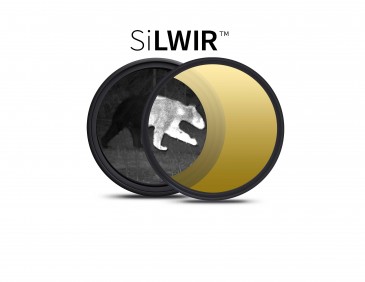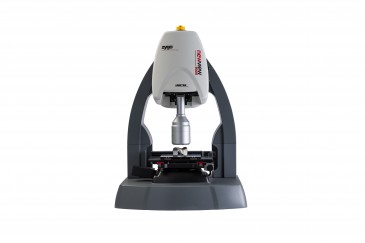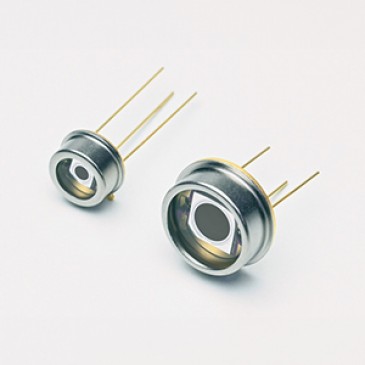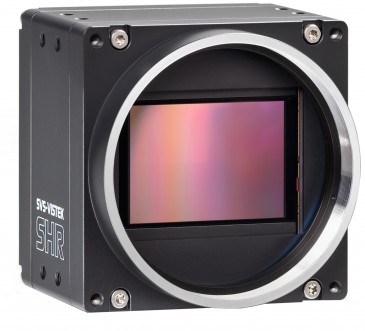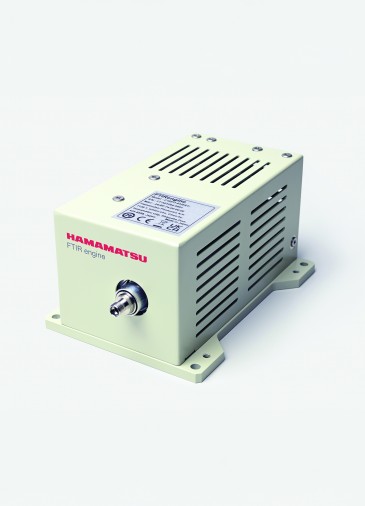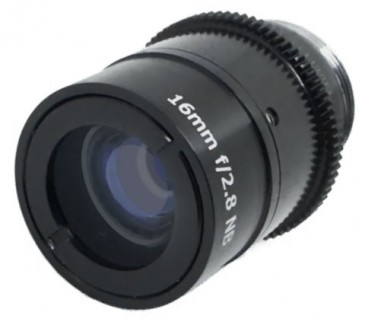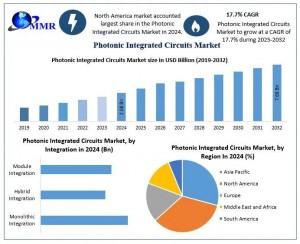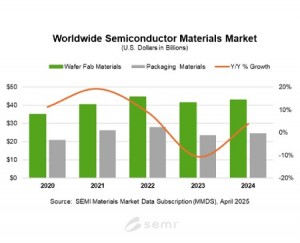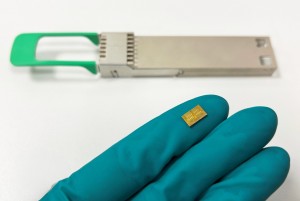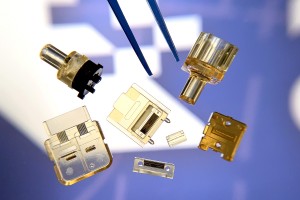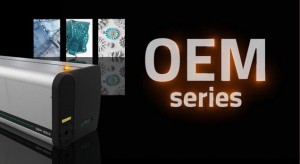
Materials scientists at the University of California, Los Angeles (UCLA) have set a new power conversion efficiency record with a conventional CIGS solar cell by depositing an inexpensive perovskite layer atop the original device, boosting its performance by nearly 20%.
Highly efficient thin-film solar cell in double-layer design
The researchers sprayed a thin layer of the inexpensive lead-iodine compound (perovskite) onto a conventional, commercially available copper-indium-gallium-selenide (CIGS) solar cell. The perovskite composition is Cs0.09FA0.77MA0.14(I0.86Br0.14)3, with a 1.59 eV band gap, and the CIGS band gap is 1.00 eV. Thus, the tandem solar cell design allows the scientists to draw energy from two distinct parts of the solar spectrum over the same device area. Turbocharging the solar cell by adding the 1-micron-thin perovskite layer increases the amount of energy generated from sunlight, compared with the 2-microns-thick CIGS layer alone (18.7% efficiency). The CIGS layer and the perovskite layer are joined by a nanoscale interface the UCLA researchers designed, which helps to increase the voltage. The layered assembly sits on a glass substrate about 2 millimeters thick.

What is more, the technique of spraying on a layer of perovskite could be easily and inexpensively incorporated into existing solar-cell manufacturing processes.
Potential impact on the design of future thin-film solar cells
Achieving a significant solar research breakthrough, the UCLA scientists set a power conversion efficiency record of 22.4%. Qifeng Han, a visiting research associate in the Yang Yang Laboratory at the UCLA Samueli School of Engineering agrees that his team’s pioneering solar technology could impact the research and design of future generations of solar cells in both areas, CIGS and perovskites. “First, this is the highest-efficiency thin-film tandem solar cell so far,” he points out. “Second, the perovskite/CIGS tandem solar cell efficiency is higher than 40% in theory, which means that we still have a lot of space to improve it.”
Han expects that a thin-film solar cell with 30% efficiency “should come soon.” He believes the perovskite/CIGS tandem solar cell has great potential. “We suggest, we could focus on increasing the efficiency for low-band-gap CIGS and high-band-gap perovskite materials respectively.”
Key applications
“The thin-film tandem solar cell is appropriate in various places where traditional silicon solar cells are used,” Han says with regard to potential applications for this new, highly efficient thin-film solar cell. “In addition, it can be manufactured on flexible substrates, which makes it suited for a variety of applications for which current crystalline photovoltaics and other rigid products are not suitable.”
Asked what surprised him personally the most about the record-setting outcome of this research project, Han replies, “We got the Voc [open-circuit voltage] higher than 1.65 eV using the polished CIGS subcell for the first time, which means we finally got the justifiable tandem solar cell.”
Next step
Moving forward with this research project, Han projects he and his colleagues will be focusing on their next goal: achieving 30% efficiency with their two-layer perovskite/CIGS solar cell.
The 22.4% performance record was confirmed in independent tests at the U.S. Department of Energy’s National Renewable Energy Laboratory (NREL). The previous record, set in 2015 at IBM’s Thomas J Watson Research Center, was 10.9%.
The research work is detailed in the article “High-performance perovskite/Cu(In,Ga)Se2 monolithic tandem solar cells,” published in Science magazine. Han was one of the lead authors.
Written by Sandra Henderson, Research Editor, Novus Light Technologies Today

























 Back to Features
Back to Features